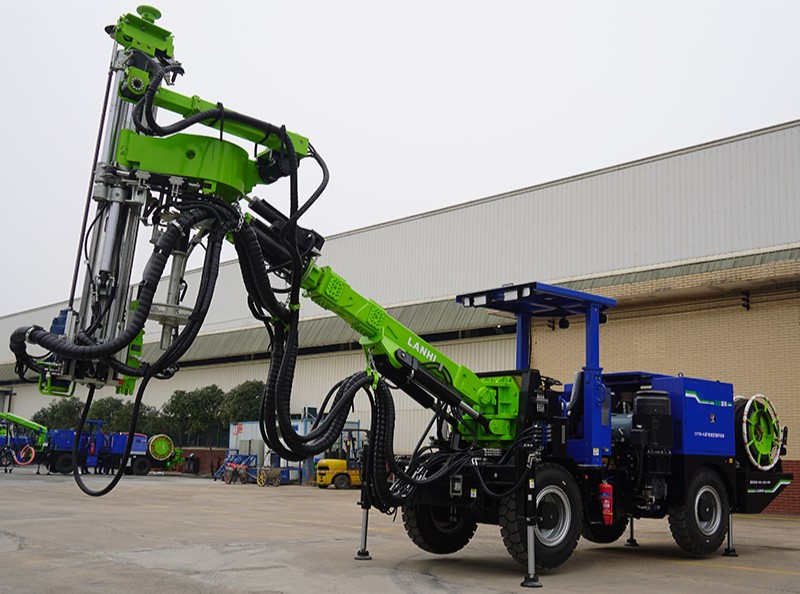Anchor drilling rigs are specialized machines designed for geotechnical anchoring, slope stabilization, tunnel reinforcement, foundation support, and other rock and soil engineering tasks. They are widely used in mining, hydropower, transportation, and construction projects where ground stability and structural reinforcement are essential. By integrating advanced drilling technology with flexible operation systems, anchor drilling rigs provide efficient and reliable solutions for complex geological conditions.

1. An anchor drilling rig typically consists of several core parts
① Drilling System: Includes drill rods, drill bits, and rotary power heads for performing high-speed and efficient drilling in soil, rock, or mixed formations.
② Power System: Usually powered by diesel engines or electric motors, providing stable energy output for continuous operations.
③ Hydraulic System: Controls feed, rotation, and lifting mechanisms, ensuring precise and smooth drilling performance.
④ Chassis and Support: Mounted on crawler tracks, skid bases, or wheeled platforms, enabling mobility and adaptability in different terrains.
⑤ Control Panel: Equipped with digital or hydraulic control systems, making operations safer and more user-friendly.
2. Functions of anchor drilling rig
① Drilling Holes – Creating boreholes in rock and soil for anchor bolts, cables, or reinforcement elements.
② Anchor Installation – Assisting in the placement of anchor rods or steel tendons into drilled holes.
③ Grouting – Injecting cement or chemical slurry into drilled holes to solidify soil and increase stability.
④ Slope Protection – Preventing landslides or collapses by reinforcing unstable slopes with anchors.
⑤ Foundation Support – Strengthening deep foundations in high-rise buildings, bridges, and tunnels.
3. Applications of anchor drilling rig
Anchor drilling rigs are used across a variety of projects:
① Mining: Stabilizing underground tunnels and preventing rock falls.
② Hydropower Projects: Reinforcing dams, spillways, and reservoir slopes.
③ Transportation: Securing slopes along highways, railways, and metro systems.
④ Urban Construction: Supporting excavation pits, retaining walls, and high-rise building foundations.
⑤ Disaster Prevention: Mitigating geological hazards in landslide-prone regions.
4. Advantages of anchor drilling rig
① High Efficiency: Advanced hydraulic systems and automated controls improve drilling speed and accuracy.
② Versatility: Capable of handling different drilling methods such as rotary drilling, down-the-hole (DTH) hammer drilling, and auger drilling.
③ Mobility: Compact and crawler-mounted designs allow operation in confined spaces or rugged terrains.
④ Safety: Remote and automated controls reduce operator risks in hazardous environments.
⑤ Adaptability: Suitable for both soft soils and hard rock formations, meeting the demands of diverse engineering projects.
Anchor drilling rigs are indispensable equipment in modern geotechnical engineering. Their ability to combine efficient drilling, anchoring, and reinforcement functions makes them vital for ensuring structural stability and safety in challenging geological conditions. As construction projects become more complex, the role of anchor drilling rigs will continue to expand, driving progress in infrastructure and resource development worldwide.





